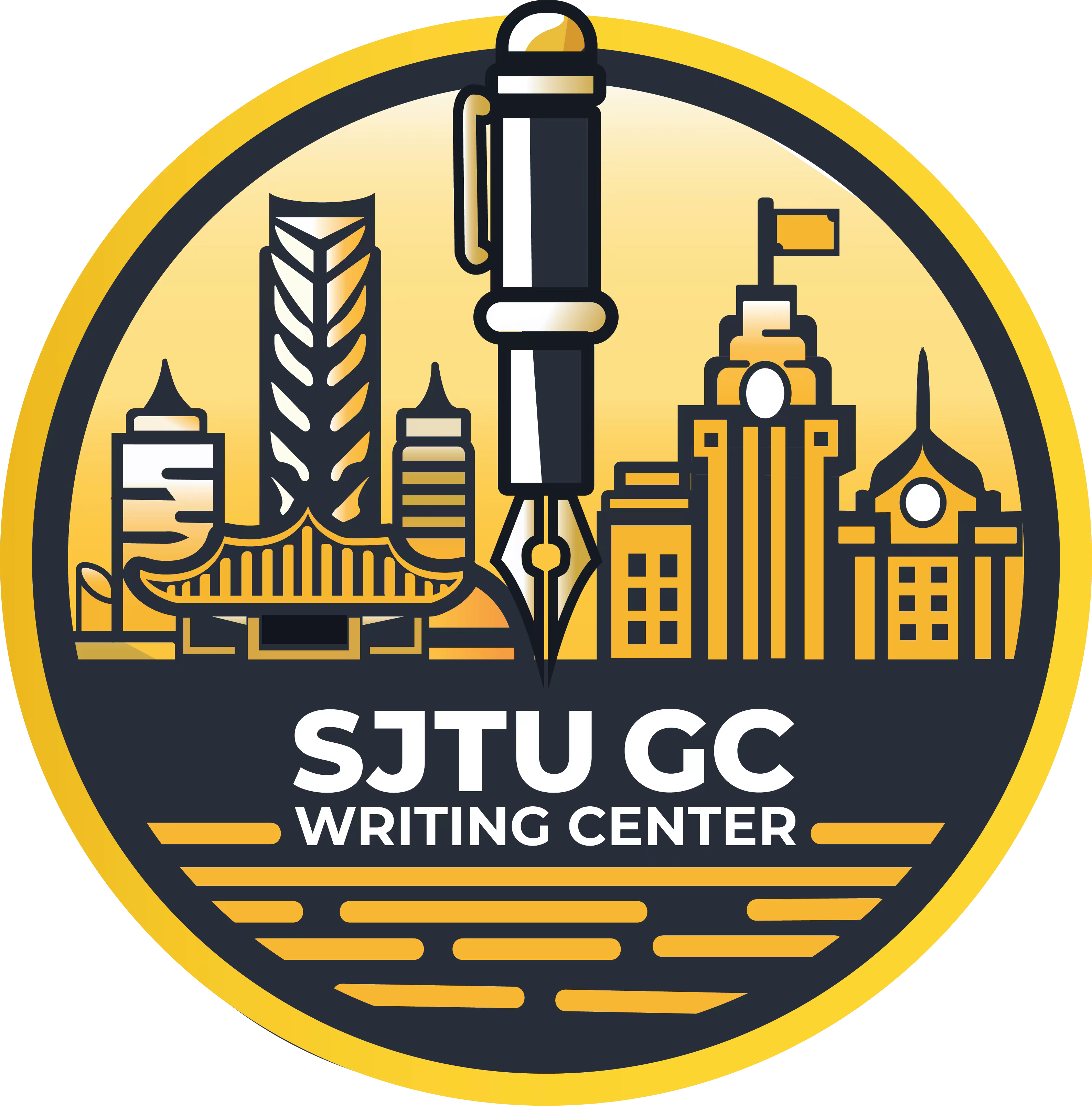Strong Evidence
Evidence is strong support in argumentative articles and is commonly used in various writings when writers want to establish their own statement. However, evidence without analysis may turn out to be an obstacle to understanding, thus it’s necessary for us to demonstrate them explicitly.
Role of Evidence and Analysis
What is Evidence?
Evidence refers to the facts, citations, statistics, or examples that support the claims made in your essay. It is the foundation upon which arguments are built, so we should involve those closely related to the main statements when deciding which one to use. Without evidence, arguments remain unsubstantiated opinions.
What is Analysis?
Analysis explains how the evidence supports your claims, bridging the gap between reality and the statements you want to solidify. An explicit analysis can demonstrate your ability for critical thinking and making logical connections.
Steps to Effectively Couple Analysis with Evidence
- Clearly present the evidence. Words such as “According to”, “It is stated that”, “Research verifies that” can be applied as signals to catch readers’ attention.
- Explain how the evidence implies your claim in detail. It’s not simply repeating the evidence in your own words, but highlighting the link between it and the statement it backs up. You can brainstorm by separating the evidence into several parts and think about how each of them is related to the small points in your argument.
- Discuss what the evidence reveals. This part points directly to the purpose of employing this evidence, and can ensure that your argument remains cohesive and focused.
Common Problems in Student Writing
Overloading with Evidence
Sometimes students will fill out their paragraphs with large amounts of evidence without analysis.
Case 1:
“Due to many reasons such as the lack of immersive English atmosphere, however, mastering esoteric terminology and organizing an English paper can be pretty difficult. For example, in his research report, Sadouki indicates some common challenges (罗列) faced by ‘second-year Master students of English in Algeria who are non-native speakers of English’ when they are conducting studies, which stems from not receiving systematic lectures on academic writing. (15) It exemplifies the struggles that non-English speaking students meet in drafting an English paper.”
In this case, the highlighted sentence is the example the student chose to support his statement that writing an English paper can be difficult for non-native English speakers. But there is no analysis of how the evidence serves the main statement (e.g., what specific obstacle foreign students faced in that case?). Simply repeating the existence of a challenge is not enough.
Using Irrelevant Evidence
Evidence that doesn’t directly support the argument appears in some students’ essays.
Case 1:
“Admittedly, morning hours are cherishing and the benefits of rising early are well-documented. However, the effectiveness of attending challenging courses at 8 a.m. is a different matter. Before entering the university, I believe that many students’ parents and teachers had suggested that early to bed, early to rise, makes a man healthy and wise. Also, as the saying goes, ‘The early bird catches the worm.’ There is no doubt that the proverb has survived to this day for a scientific reason. Research (also) suggests that ‘morning-oriented students’ (Hausen et al. 1) maintain a robust ‘academic self-concept’ (Hausen et al. 2) throughout the school day. For students who are used to getting up early, they tend to perform well and show more confidence, so parents want their children to get up early and make use of the morning hours.”
In this case, the saying and what the student believes before entering university do not directly support the statement that the advantages of rising early exist. To acknowledge benefits, only the research result, which acts as “a scientific reason,” is needed. All other personal or anecdotal evidence distracts from the main argument.
